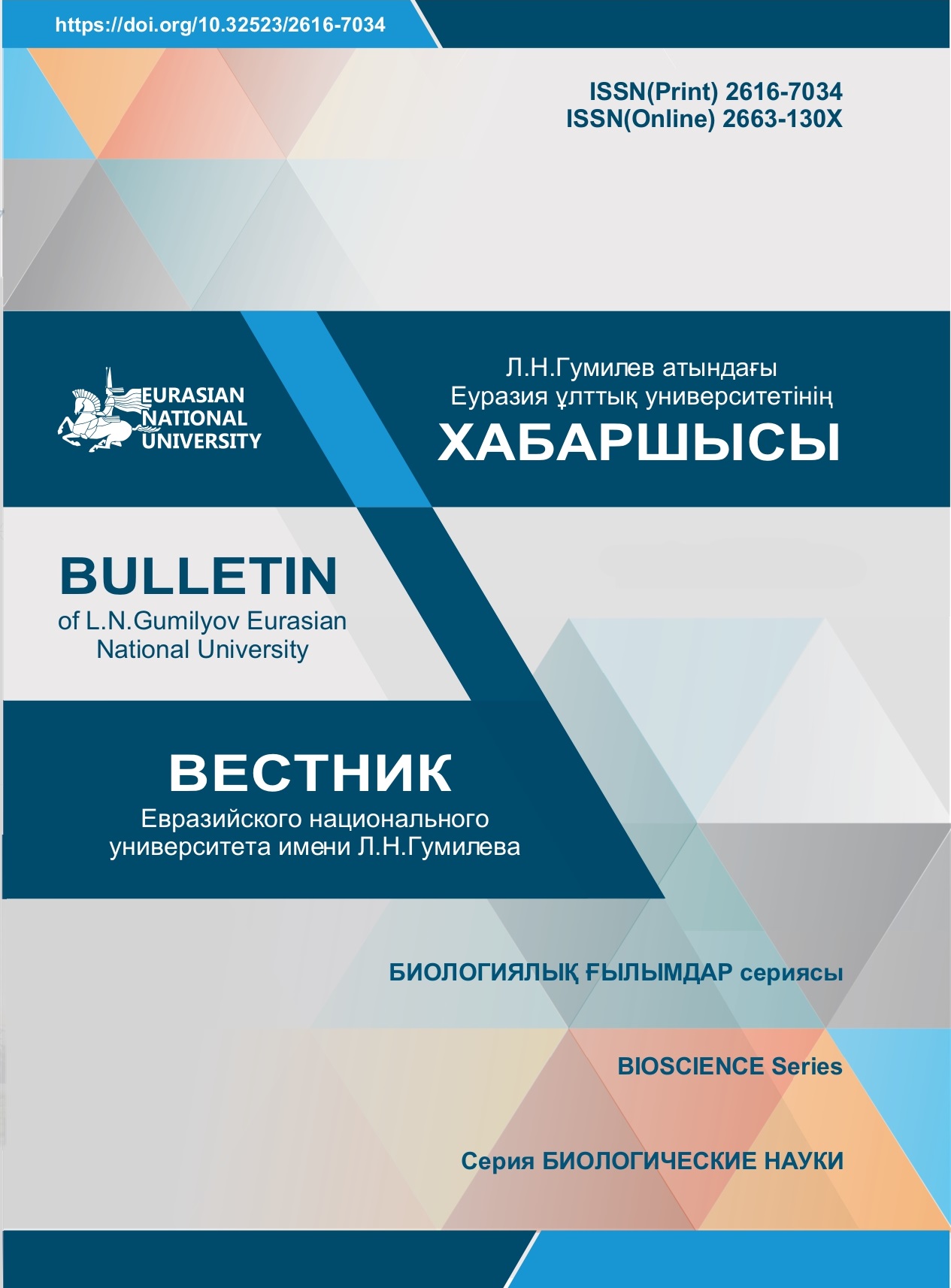Эколого-фаунистический анализ видового состава Lumbricidae естественных биогеоценозов и техногенных территорий
Просмотры: 353 / Загрузок PDF: 344
Ключевые слова:
дождевые черви, эколого-фаунистический анализ, видовой состав, сезонная динамика, Заилийский АлатауАннотация
Дождевые черви составляют основную часть почвенной мезофауны и играют важную роль в трансформации органического вещества, формировании педосферы, регулировании потоков вещества, энергии и информации в экосистемах. В данном исследовании мы изучили видовой состав дождевых червей в городских и пригородных экосистемах предгорий Заилийского Алатау. В результате работы было обнаружено 11 видов семейства Lumbricidae класса Oligochaeta. Из них 6 видов: Aporrectodea rosea, Lumbricus rubellus, Lumbricus castaneus, Octolasion lacteum, Dendrobaena octaedra и Aporrectodea caliginosa являются широко распространенными в нашей республике. Род Lumbricus является наиболее распространенным по количеству особей в исследованных территориях. Установлены значительные отличия видового состава дождевых червей в техногенных и естественных биогеоценозах. Но и в двух экосистемах абсолютными доминантами являются люмбрициды. Наряду с видовым составом дождевых червей изучалась и сезонная динамика, было установлено, что их максимальная активность наблюдается при наиболее благоприятном соотношении температуры и влажности.








